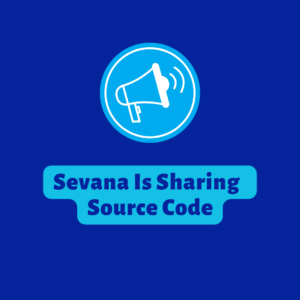How to setup real-time RTP monitoring?
One can easily setup real-time RTP monitoring using Sevana PVQA Server to receive information on calls with QoS (packet loss, jitter etc) and QoE (noise, dead air, echo etc) issues.
Unlikely other systems PVQA Server provides two quality metrics represented as two MOS scores: E-Model based MOS and PVQA MOS derived from call audio analysis.
With detailed statistics one can even figure out at what time of the call noise, echo, clipping or e.g. clicking took place.
Real-time alerting will immediately notify about quality issues of the monitored traffic. Book a demo here.
